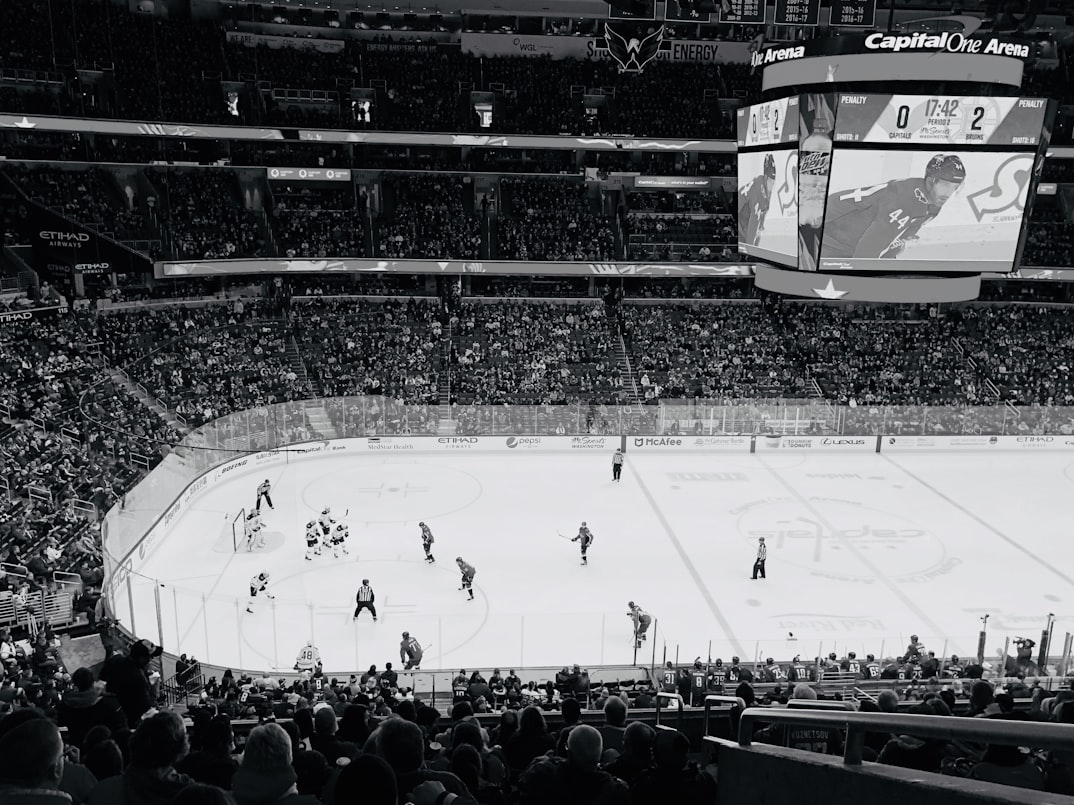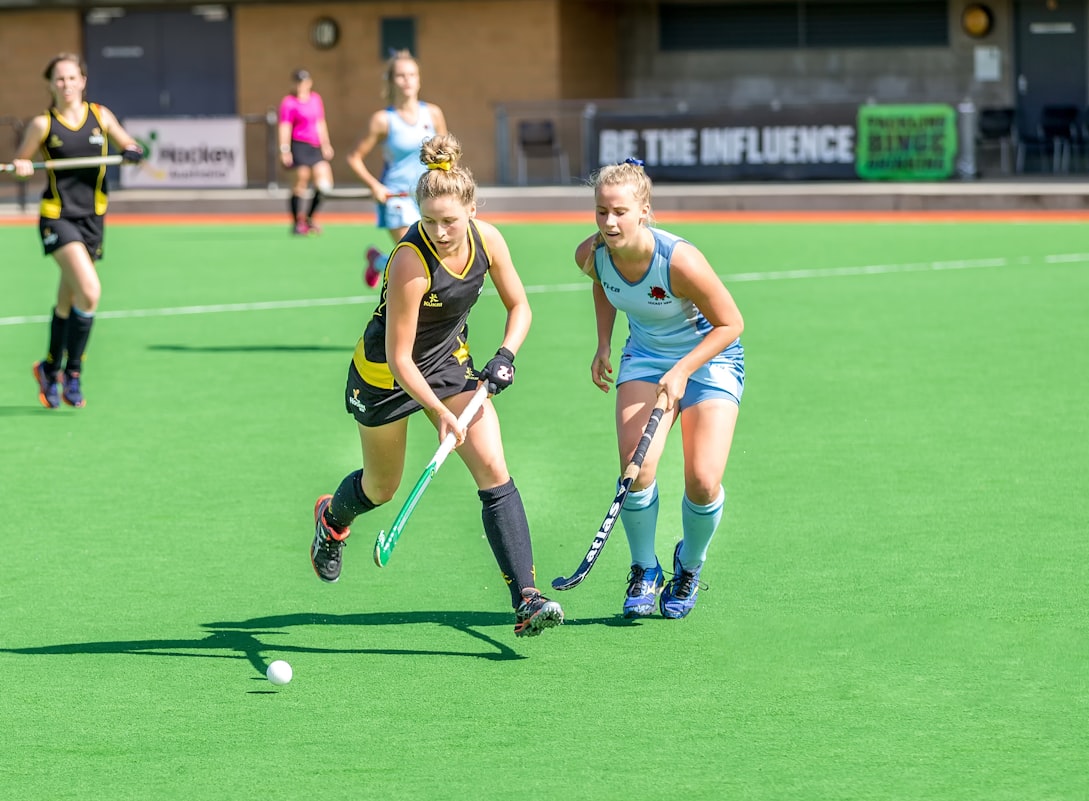Presentation
The round of hockey, or field hockey as it is in some cases known as, started millennia prior. It is generally played on grass, however can be played on different surfaces including rock and sand-based or water-based counterfeit turf. Ordinarily hockey is currently played on engineered surfaces – especially at the more significant levels like the Olympics. In fundamental terms, hockey is a two-group activity which sees each group utilizing bended sticks to move a little hard ball about the pitch – a definitive point being to get the ball into the objective.
Hockey Groups
11 players make up a hockey group, and each group is permitted up to five substitutes. The principles connected with replacements are not quite so inflexible as certain games, as hockey groups can make however many replacements as they like during a game.
Hockey Player positions
As well as the goalkeeper, the situations in a hockey group can be extensively ordered as protectors, midfielders and aggressors. These are known as the ‘field players’ and keeping in mind that main the goalkeeper plays a pre-decided part, the field players by and large stick to either going after or guarding, with the midfielders participating in the two jobs!
Hockey Stick taking care of
Stick taking care of, or ‘stick work’, is a fundamental hockey ability. A decent hockey player should have the option to control the ball, pass it, shoot and obviously spill. Hockey sticks have a round side and a level side, and players are simply permitted to contact the ball with the level side – which is the reason, in a high-beat game, the craft of stick-work is fundamental.
Air ball!
During general hockey play, players are not permitted to stir things up around town up high. The ball can be lifted by scooping, however it is at the ref’s carefulness whether this comprises perilous play. Players are not permitted to play the ball in the event that it is above shoulder level, except if they are endeavoring to hinder a shot on objective. Shots on objective will generally be raised as this is the best approach to scoring objectives.
Hockey Scoring Rules
Scoring in hockey must be finished in a couple of ways: from a Field Objective, Punishment Corner or Punishment Stroke.
Hockey Field Objectives
‘Field Objective’ alludes to an objective from open play, which must be scored from inside the shooting circle.
Hockey – Punishment Corners
Punishment Corners are granted while the protecting group defies a guideline inside the shooting circle. They can likewise be granted on the off chance that a safeguard carries out a terrible foul inside the guarding quarter of the field – connoted by a line 23 meters from the objective. At the point when a punishment corner is granted, play is halted and the two groups put together themselves into their individual guard and assault positions. An assailant remains with the ball on the objective line, with the other aggressors ordinarily situated at the highest point of the shooting circle. The protectors and goalie position themselves behind the objective line during a punishment corner – prepared to rush the assailants once the ball is pushed out to them. At the point when the ball is pushed out, it should leave the shooting circle before another assailant can contact it. The beneficiary can then drive it into the circle to shoot themselves, or set up one more aggressor to shoot.
Hockey – Punishment Strokes
Punishment strokes are typically given when a safeguard has committed a foul that forestalled an objective being scored. Punishment strokes in hockey are like extra shots in soccer, in that the aggressor shoots unopposed, with just the goalkeeper to beat. The hockey ‘punishment spot’ is seven yards from objective.
Length of a hockey match
Hockey matches are comprised of two parts of 35 mins, and there is generally a half-time break of somewhere in the range of 5 and 10 mins. In certain competitions, a match that closures in a tie will go to additional time, where the principal group to score is the champ.
Hockey Umpires
There are two umpires in each hockey game – each controlling their own portion of the pitch and teaming up on choices that occur in the center. There is a 3 card framework for punishing players in hockey. A green card is shown by the umpire as an advance notice to the player. A yellow card suspends the beneficiary for at least 5 minutes and a red card bars the player from the remainder of the coordinate – with the group incapable to supplant them with a substitute.

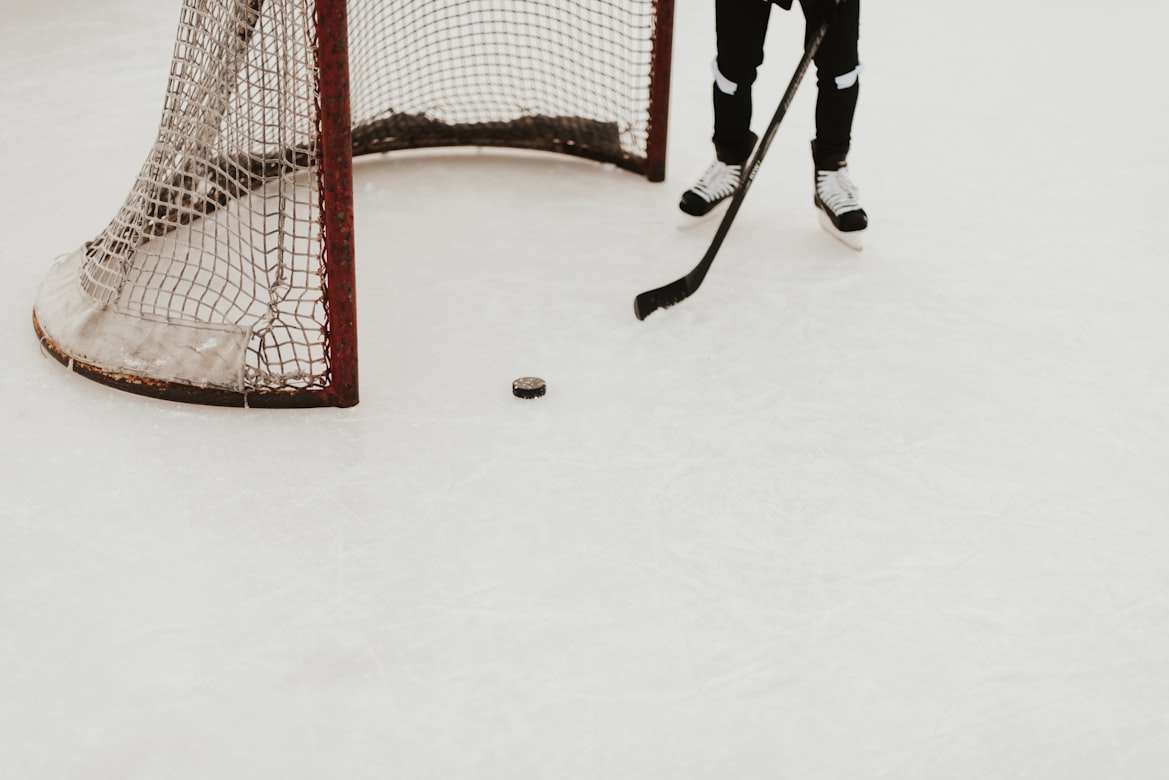
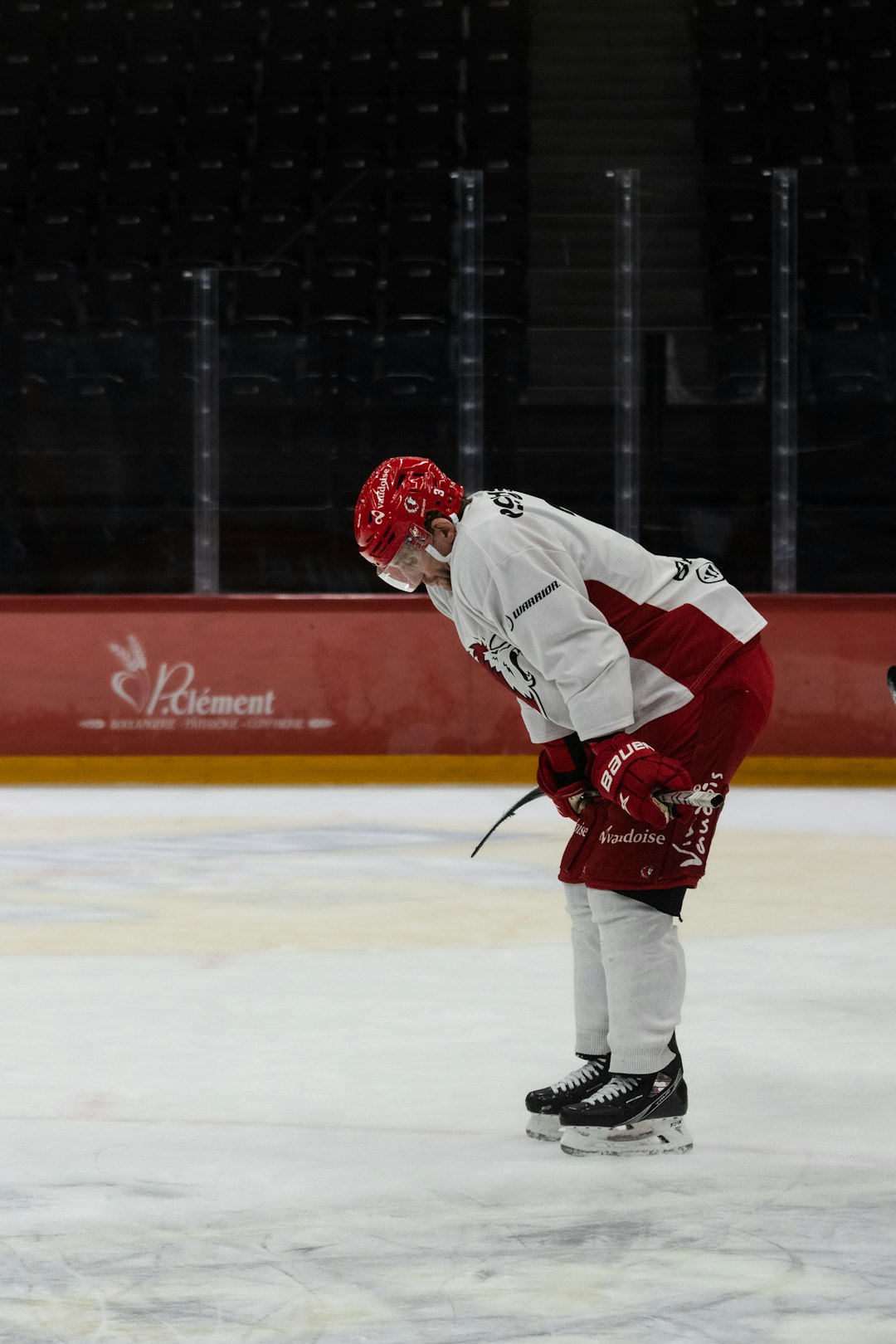
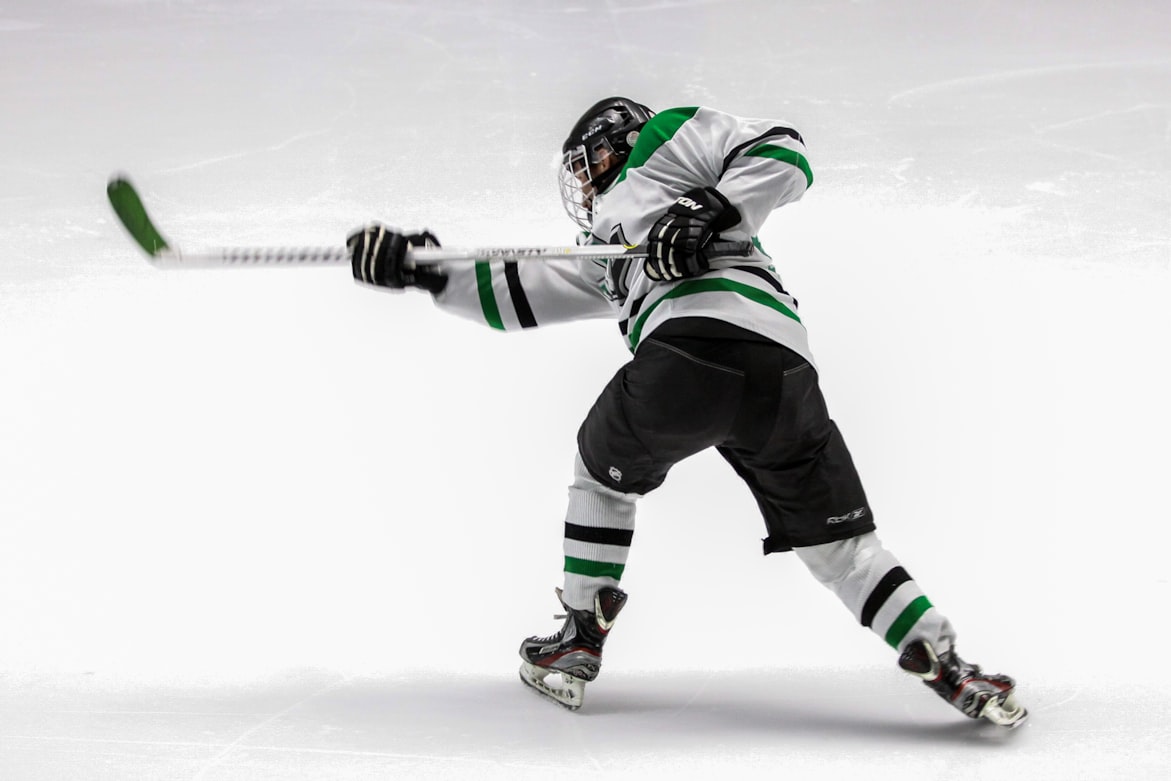
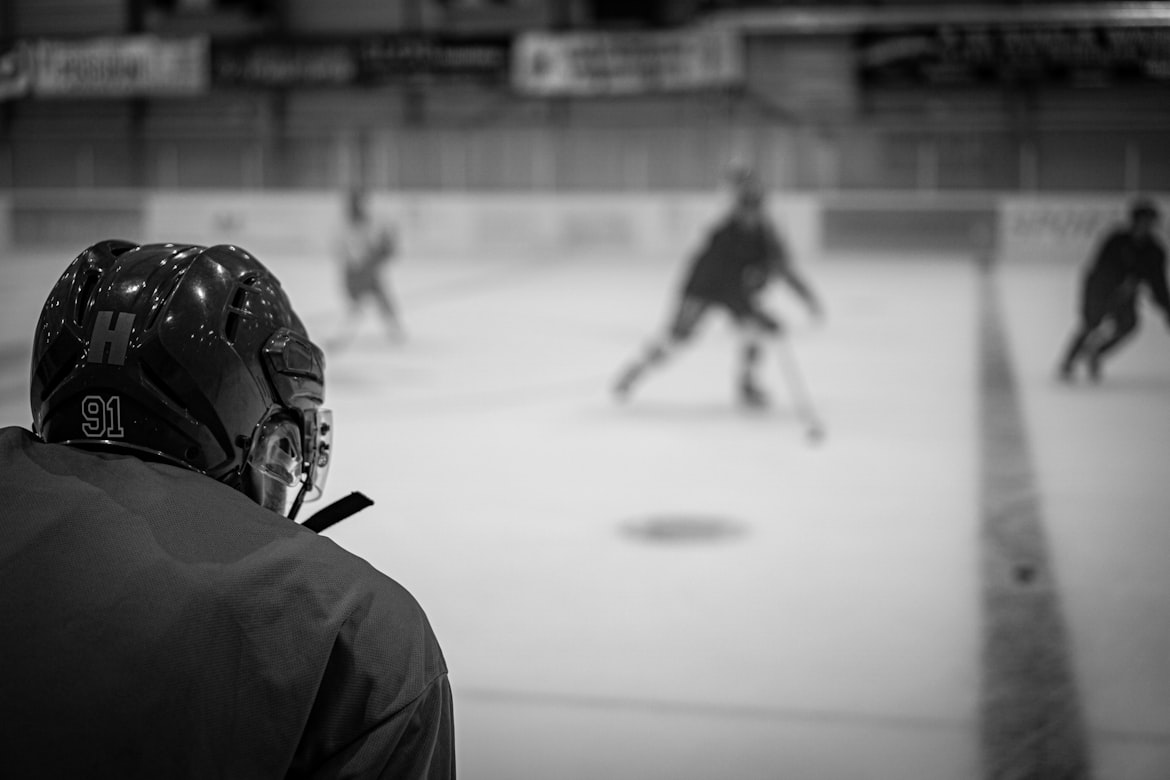

![10 Reasons Lionel Messi and Cristiano Ronaldo Are Not the Flat out best [GOAT] in Football 10 Reasons Lionel Messi and Cristiano Ronaldo Are Not the Flat out best [GOAT] in Football](https://img.freepik.com/free-photo/male-soccer-football-player-training-action-isolated-gradient-studio-neon-light_155003-15990.jpg?w=996&t=st=1671429027~exp=1671429627~hmac=805913922032c7e1cc8cc6b4c846b8dee8c13d56eaae31bd5e012aecd890885d)



